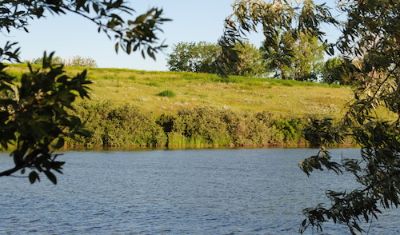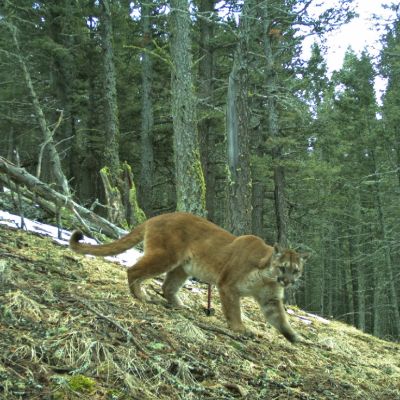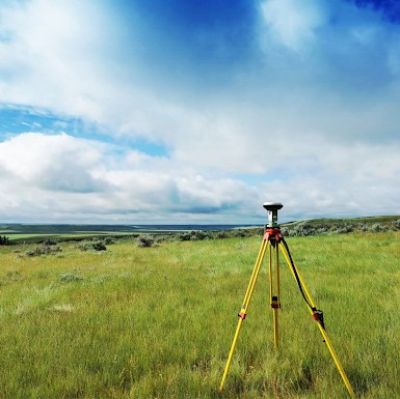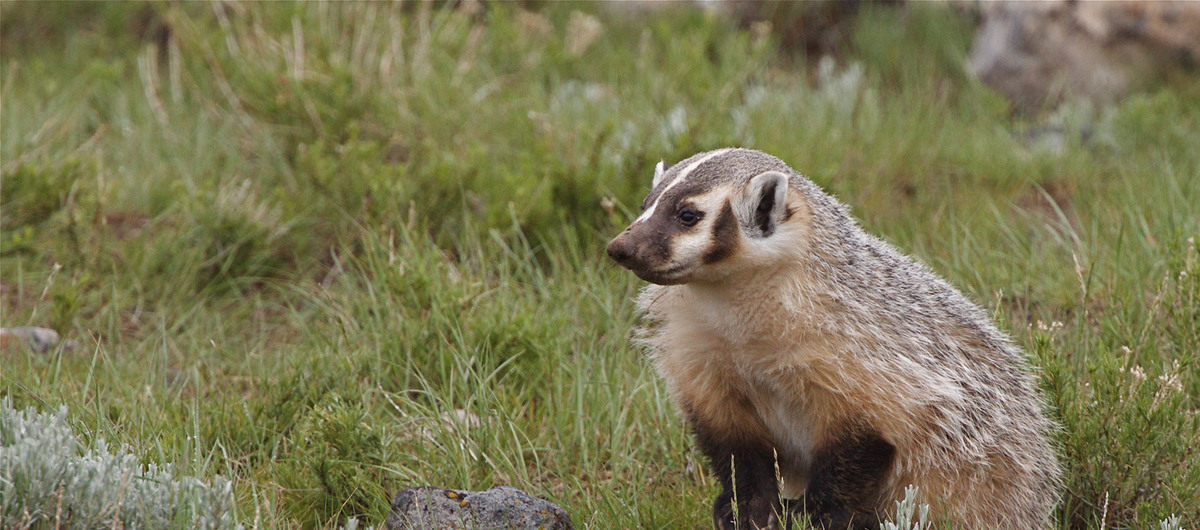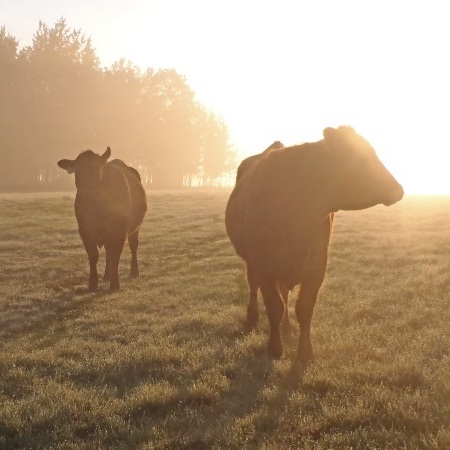
Biodiversity and Beef
Categories: Ecosystem Services
Status: In Progress
About the Project
The biodiversity effects of the Canadian beef sector are widespread and variable. Compared to all other livestock production systems, the sector utilizes a significant land base in Canada. It is characterized by a diversity of extensive and intensive beef production practices that rely on a wide range of land-use types, including croplands, tame pastures, native rangelands, and intensive feeding operations. Thus, the sector can have contrasting outcomes for biodiversity and habitats depending on the implemented beef production systems and practices.

Efforts have been made to explore opportunities to obtain data-driven and data-intensive information on the biodiversity outcomes of beef production practices in Canada. However, assessments have often failed to make the connection between biodiversity and the entire beef life-cycle or typically focused on a narrow group of species (e.g., species at risk) at the field and farm scale and without considering beef production effects on multi-taxa biodiversity in a broader landscape context that encompasses the entire beef life-cycle.
Through a close collaboration with beef and biodiversity scientists from AAFC and the Universities of Alberta, Manitoba, Saskatchewan, and Toronto, the ABMI is developing and implementing new biodiversity assessment tools to support the environmental performance of Canadian beef production systems by incorporating biodiversity and habitat management into beef life-cycle assessments. The ABMI functions as a hub to provide biodiversity data, promote innovation in biodiversity information science and application, and make data and tools available to producers, consumers, professionals, scientists and other stakeholders involved in beef production and biodiversity management in Canada.
Our Approach
PHASE I: PROVINCE OF ALBERTA
This phase (2019–22) included two separate assessments, as explained below:
1) An integrated biodiversity modelling framework was implemented to complete a consistent assessment of Alberta beef farming's effects on multi-taxa biodiversity. This was done by quantifying a set of interconnected indicators related to beef cattle population, feed requirement, land-use footprint, and production practices, as well as multi-taxa biodiversity and habitat characteristics. First, detailed information on the land-use footprint of the entire Alberta beef industry was created at multiple spatial scales. This information was then integrated with unique biodiversity and geospatial land cover data produced by the ABMI over the last 15 years to obtain fine-scale biodiversity-effect coefficients for about 900 native species from several taxonomic groups, including vascular plants, lichens, mosses, soil mites, birds, and mammals. These coefficients were then employed to quantify the local and regional effects of different beef production practices and the entire beef industry on multi-taxa biodiversity across Alberta. A description of the implemented modelling framework and key biodiversity results is expected to be published in a scientific manuscript in the near future.
.jpg)

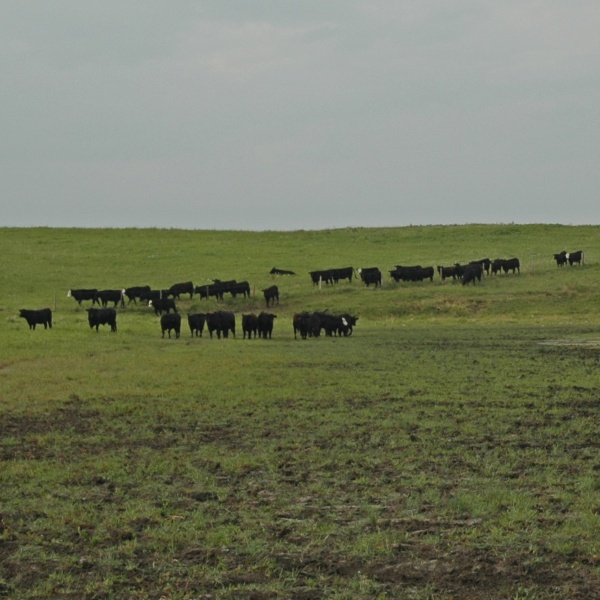
2) A species-agnostic connectivity modelling approach was implemented to quantify the contribution of grazing lands kept through practising extensive beef production systems to structural landscape connectivity across Alberta. First, landscape resistance to organism movement (ecological flow) was quantified based on the degree of naturalness of land cover types. This information was then used to quantify grazing land's contribution to local, regional, and provincial connectivity. Specifically, it was determined how converting these grazing lands to annual crops could impact structural landscape connectivity across multiple spatial scales in Alberta. This was done by calculating the change in mean current density between the current land use and a set of scenarios where grazing lands with different land suitability classes were converted to annual crops. A description of the key landscape connectivity results is expected to be published in a scientific manuscript in winter/spring 2023.
PHASE II: PROVINCE OF SASKATCHEWAN
In this phase (2022–24), the influence of the entire Saskatchewan beef industry on a diverse range of taxonomic groups will be simultaneously assessed at the local to landscape scales. Specifically, the methodology developed for biodiversity assessment of the Alberta beef industry (Phase I) will be adapted to characterize the contribution of the Saskatchewan beef industry to biodiversity at multiple spatial scales from rural municipalities to crop districts and the province. This will be done by creating detailed information on the land-use footprint of the entire Saskatchewan beef industry and biodiversity impact coefficients for native species and habitats that occur across multiple spatial scales in the province.
Further information about the outcomes of this phase will be provided in fall 2023.

This initiative will bring scientific evidence supporting the beef industry's sustainability performance at different levels. Information on multi-taxa biodiversity outcomes of beef production practices will be shared with producers, industry stakeholders, and consumers. This information will serve to identify appropriate beef production practices, which are guided by market and environmental changes in regional land-use planning. This assessment is well aligned with ongoing beef sustainability initiatives, including the CRSB and Canadian Cattlemen's Association-led Sustainability Assessment and the FAO-led Livestock Environmental Assessment Partnership Program (LEAP). The ABMI is willing to provide the necessary expertise and knowledge for conducting a focused, quantitative and multi-species, multi-taxa biodiversity and habitat assessment throughout the Canadian beef sector. The ABMI is also willing to determine the main data gaps for incorporating biodiversity into a life-cycle analysis of the Canadian beef sector, which is essential for designing targeted monitoring programs in regions with limited biodiversity and habitat data related to beef production practices.
Learning how to measure and value ecosystem services provides insights on how to manage Alberta’s land base and help us decide how to best steward the land now and in the future.
The Alberta Remote Camera Steering Committee (RCSC) is building scientific understanding and effectiveness of remote camera surveys to benefit a broader network of remote camera researchers and practitioners in western Canada.
This work will collaboratively build capacity to support land management decision-making that aligns with community priorities.
